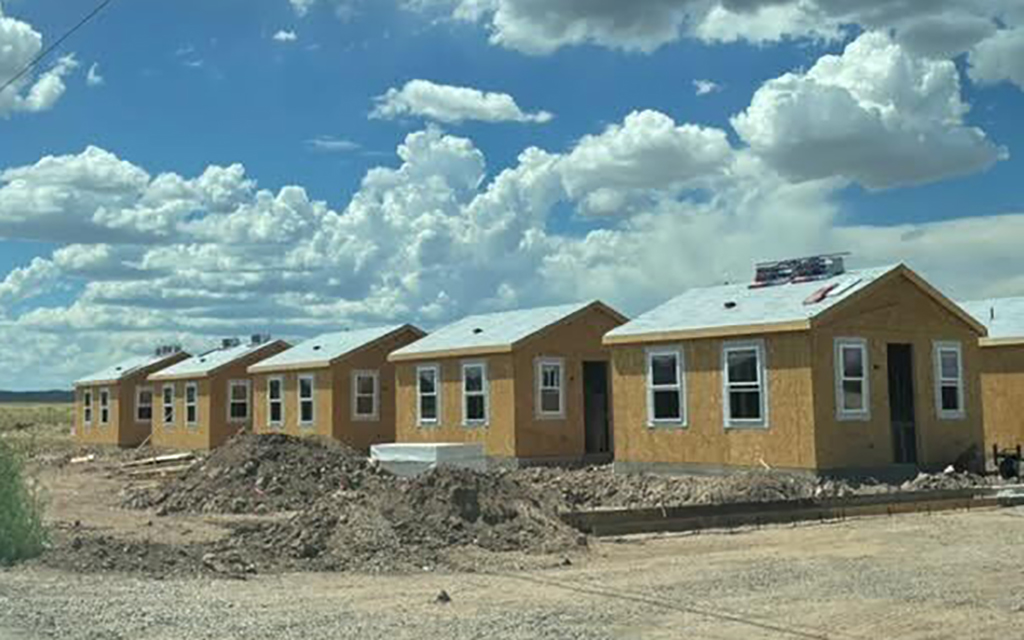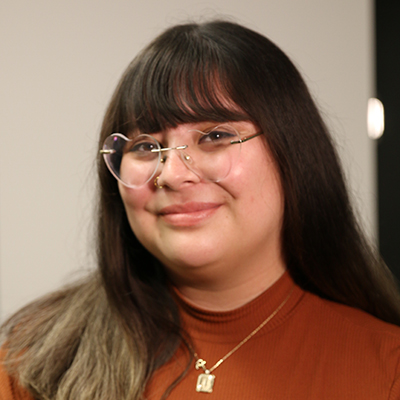WASHINGTON – On a lot behind Del Rio Elementary School, the Chino Valley Unified School District is nearing completion on 10 tiny houses that the district hopes will soon be filled with its teachers.
Chino Valley Superintendent John Scholl said the 375-square-foot studio-style units are meant as “a reasonably priced alternative to traditional housing” in an area where he said the cost of a typical home goes for about $450,000 and has been steadily rising – while teacher salaries have not.
“Some of the things that we’ve heard is, you know, pay teachers more so they can afford a house. We’d love to do that,” Scholl said. “That would be our primary thing that we’d like to do. There’s just not the funding to do that.”
So Chino Valley is trying tiny houses as an inducement for teachers. The district is not alone. From tiny houses to alternative teacher certification programs to hiring teachers from overseas, school districts around Arizona are scrambling for ways to attract teachers to a state that offers some of the lowest salaries in the nation.
Window Rock Unified School District Superintendent Shannon Goodsell said the biggest challenge just 10 years ago was finding people to fill positions like special education and math teachers. Now, he said, it’s finding teachers at all.
A survey by the Arizona School Personnel Administrators Association said that in 2017 there were 1,328 teacher vacancies at schools around the state at the start of that school year. The number had more than doubled, to 2,890 vacancies, as of a January 2023 survey by ASPAA.
And not all teacher jobs are filled by certified teachers in Arizona: ASPAA reported that as of January 2023, more than 5,000 teachers did not meet standard teacher requirements.
Everybody agrees that the reason for the shortfall is fairly obvious: Arizona ranks well below other states, including neighboring states, in teacher pay.
Elementary school teachers in Arizona earned an average of $50,134 in 2022, the lowest pay in the country, according to a report by the Center for the Future of Arizona. It said the national average for elementary school teachers was $55,335.
In every neighboring state, grade school teachers are paid more, from $57,553 in Colorado to $83,059 in California, the highest in the country, the center said.
“The surrounding states are paying more than we are and we lose good teachers in surrounding states,” said Arizona Schools Superintendent Tom Horne. “We can’t afford to keep doing that.”
Education advocates say it’s past time for state and local officials to step up and increase teacher pay already, pointing to surveys that have found higher pay is popular with voters.
“Being a working teacher was supposed to be a way to access the American dream,” said Beth Lewis, director of Save Our Schools Arizona. “You’re supposed to be able to be a teacher and have a family and be able to live and be able to afford rent and be able to afford groceries and not have to have three other side jobs.”
Lewis thinks that offering tiny houses to teachers, instead of higher pay, is “horrific.”
“What about teachers with families?” she asked. “It’s not like anybody’s trying to ask for a luxurious mansion. It’s just, can we have a three-bedroom home and be able to afford air conditioning?”
Arizona Education Association President Marisol Garcia said Chino Valley’s tiny houses offer “just reeks of the gold rush and company towns, where not only do you work for your employer, but you live for your employer.”

The “tiny” houses being built by the Chino Valley Unified School District as an inducement to attract and retain teachers by offering low rent. Arizona schools, with some of the lowest teacher pay in the country, have to resort to different measures to attract teachers. (Photo courtesy Chino Valley Unified School District)
Scholl acknowledged that the tiny houses are not for everyone, but they will provide “an option for those that want to take it.” The houses – at 375 square feet, well below the 600-square-foot upper limit for a tiny house – will have a bathroom, kitchen and bedroom and rent for $550 a month.
“It’s not meant to be permanent, it’s meant to be transitional. So something to get people into the community,” Scholl said. “Hopefully they can establish themselves here and maybe save them money so that they can afford a home.”
The $1.5 million project is being funded with a $500,000 grant from the Arizona Department of Education, with the balance financed by the district.
Despite the ongoing challenges and “Band-Aid” solutions, educators like Lewis and Goodsell said they still remain passionate and even hopeful for the future of education in Arizona.
“The art of teaching is a passion that comes from within. I believe, just like ministerial work, that teaching is a calling,” Goodsell said. “And it is an opportunity for us as adults to give back to those who gave so much to us.
“It is our opportunity to contribute and to have our voices heard for future generations, so that we can all be successful,” he said.

